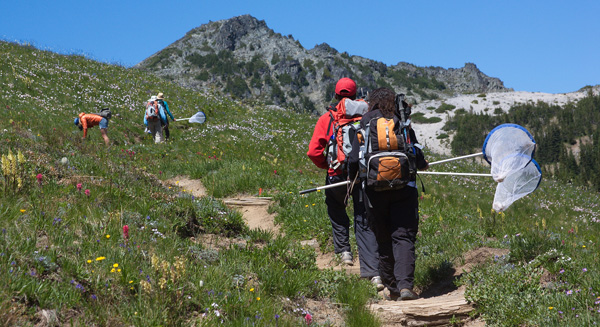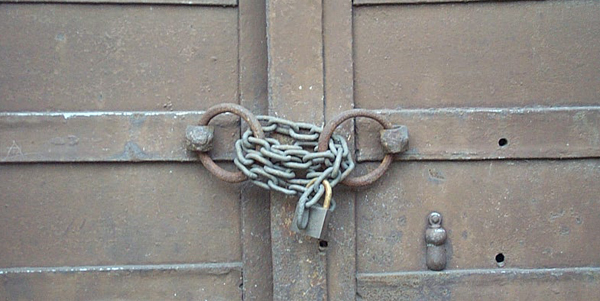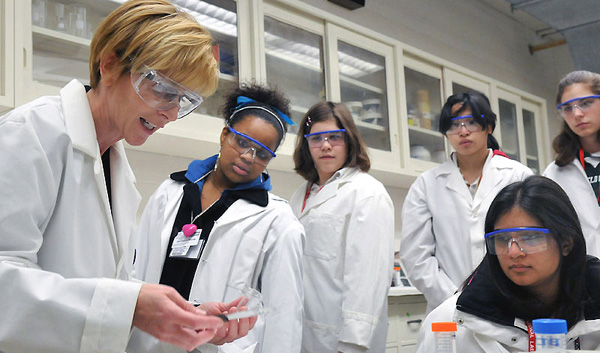As someone who writes about science communication, I’m always interested in experiments designed to help people share information about research and research findings. Sometimes they are formal studies designed by science communication scholars, and sometimes they’re efforts by scientists, reporters or professional communicators to try something new and see how it works.
I work at NC State University, and in late 2015 met a postdoctoral researcher at NC State named Kamy Singer. His research focused on plant and microbial biology, but he was also the creator of a web platform called SPapers that aims to help researchers share their work more effectively. Continue reading “One Scientist’s Attempt to Create a New Science Communication Platform”








